Growing vegetables does not have to stop in the summer. You can easily grow various vegetables throughout the fall and winter months. By knowing what these vegetables are and having an idea of planting, you are easily able to create a new garden in the colder months of the year.
You can grow with confidence knowing which vegetables are going to make it through these months. Here are some of the more popular vegetables to grow in the fall and winter months. Make note of them and start growing your own cool weather garden.
Arugula
Arugula is one of the most popular fall and winter months vegetables to grow. You can expect great returns on this veggie. It blooms in the spring, summer, and cooler fall months. It needs to sit in full or part sun, so keep it in the open. You can plant it in any soil, though some say it does better in loamy soil. Choose soil that is slightly acidic to provide a nice base for the vegetable to grow with.

Bush Beans
Bush beans are great and easy to grow, especially since they only need to be pushed down into the soil around 1.5 to 3 inches. They do need full sun to fully grow, as well-drained soil. If you are looking at getting a bigger crop from these beans, inoculating the soil can help the beans to grow. The beans should start to germinate within one to two weeks’ time.
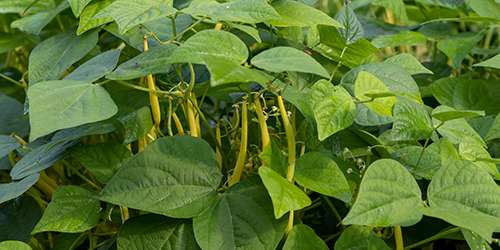
Beets
Beets are also very popular to grow during the cooler months of the year. Thought to be easy to grow, they are great for beginners. The soil should always remain moist so that you’re able to have optimum germination of the seeds that are placed 1 to 2 inches apart and about half an inch deep. The soil should be mulched, which is different from the others, but this keeps the plants warm. You don’t need extra fertilizer and full or partial sun both work fine.
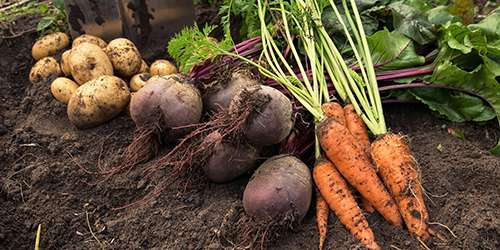
Mustard Greens
Mustard greens will flower easily in the sunlight and even in the cool weather months when the sun is shining down. These seeds need at least 2 inches of water every week, and if the cooler months are not producing enough rainwater for this, then you will have to supply it. They do not need fertilizer to grow, but it is recommended to insulate the seeds using mulch. When the leaves of the plants start to turn yellow, it is time to pull them up before they end up turning bad.
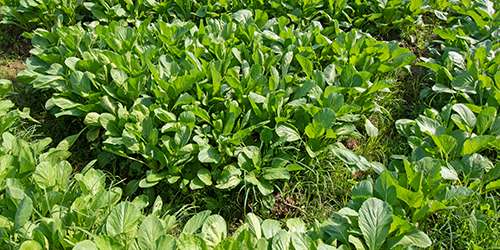
Broccoli
This is known as a cool-season plant, and it is one of the best ones to plant if you want a high yield during this season. It is best to start 6 to 8 weeks before the first frost date of the season. You will want to provide them with plenty of light, especially if you’re growing them inside because, without it, they can become leggy. Expose the seeds to direct wind and sunlight before planting them out in the garden if starting inside the home. They also like soil with an acidic pH level between 6 to 7. Don’t let the soil get too soggy but make sure it is moist.
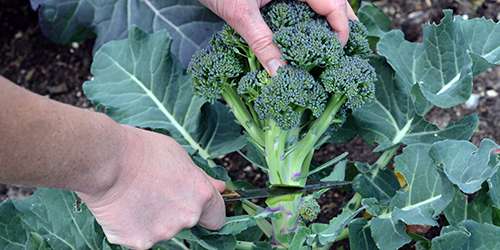
Cabbage
Cabbage should be started indoors before the first frost. This is generally in late summer for a winter harvest. They can be transplanted into the outdoor garden once they are at least 3 inches or more. The soil pH should be between 6.5 to 6.8. Compost is one of the best things you can use to make sure the cabbage flourishes while planted. The plants only need mild watering, so you want to make sure that the soil is not soggy. Enhance leafy growth of the cabbage using cottonseed meal or nitrogen-rich blood meal. The cabbage is ready to harvest between 80 to 180 days from planting the seeds.

Cauliflower
Start planting in late summer for a winter or fall harvest of Cauliflower. The soil should remain moist, but not soggy to keep the plants well hydrated. The pH of the soil should be between 6 and 7 for optimal growth. If you’re using fertilizer, then make sure that it does not have weed killer in it. You can start the seeds indoors or right outside in the garden. Make sure they have direct sunlight for at least 6 hours per day.

Chard
Chard is a close relative to beets. Chard needs rich, well-drained soil that is sitting in full or light sunspots. The seeds should be planted only a half-inch deep into the soil and 18 inches apart from each other. These seeds should be sowed in the fall months. Make sure to insulate the roots as best as you can with some mulch inside the soil. This is also a vegetable that can be grown in warmer months because it is a hardy option for all-year-round planting and growing.
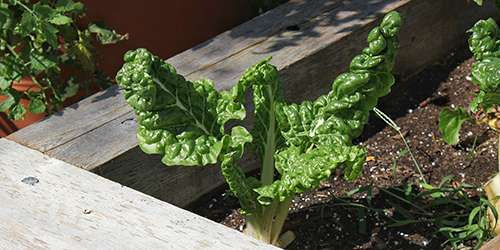
Kale
Kale should be planted in a full sun area that has well-drained soil that does not get too much water, along with a pH level in the soil of between 6.5 to 6.8. Kale is something that grows faster, so this is good to keep in mind and use aged compost that can help insulate and provide nutrients to the plants. The plants must keep moist so providing them with an inch of water each week is recommended. If it is a rainy season, providing well-drained soil is highly recommended.

Radish
Radishes should be planted every 10 days to keep a continuous harvest going. The seeds should be sown one foot apart from each other. Radishes also have to be thinned every so often to keep a healthy crop. Water the plants generously throughout the week. If the soil is sandy, they will need more water. They should get at least an inch every week. You don’t want to have them get too dry because they can crack and become inedible. They can thrive in the fall and winter months, whether planted outside of inside, and should have plenty of sunlight wherever they’re planted.
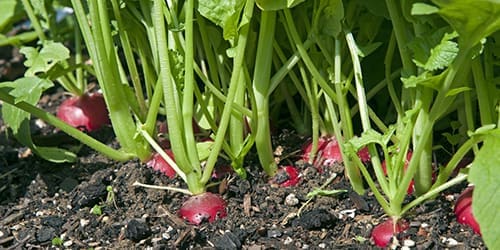
Final Thoughts
Once you have a list of the vegetables that you want to plant in the cool weather, you can gather everything you need to get started. Growing shouldn’t have to stop because the weather outside isn’t warm. Make the most of the entire year when you grow year-round.
You may also like:
Does Government Still Have Power Over You If You’re Off The Grid?
If You See This Plant in Your Backyard, Burn It Immediately! (Video)
When You Should Eat Roadkill And When You Should Not
How To Attract Toads and Frogs to Your Garden (And Why You Should Do It)








